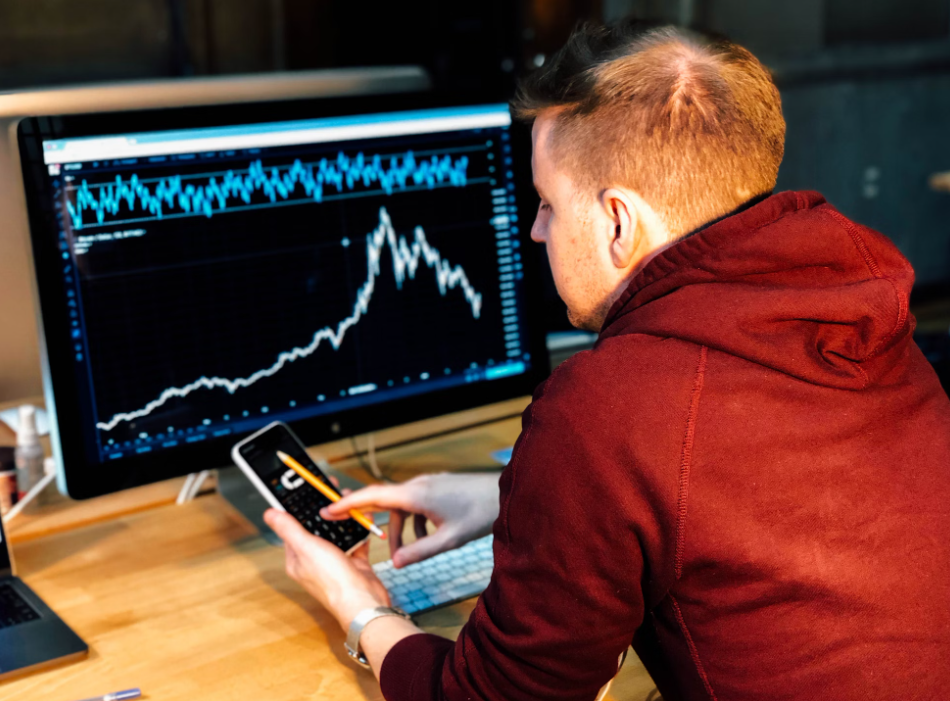Measure Your Brand’s Fame: Easy Metrics to Watch

Contents
In today’s digital age, measuring your brand’s fame is crucial to understanding its reach, impact, and overall success. Fortunately, there are several easy metrics that you can track to gauge the level of recognition your brand enjoys in the market. By keeping a close eye on these metrics, you can gain invaluable insights into your brand’s performance and make informed decisions to boost its visibility and reputation. In this article, we will explore the importance of brand fame, key metrics to measure it, tools for tracking it, and how to interpret the results effectively.

Understanding the Importance of Brand Fame
Before we dive into the metrics, let’s take a moment to understand why brand fame matters in today’s competitive landscape. Brand fame is essentially the level of awareness and recognition your brand has among your target audience. It goes beyond simply being known; it encompasses how your brand is perceived, its reputation, and the emotional connections it creates with consumers. A strong brand fame not only helps attract new customers but also fosters loyalty and advocacy, ultimately driving growth and success.
Defining Brand Fame
To define brand fame, we need to consider factors such as brand awareness, brand recall, brand perception, and brand relevance. Brand awareness refers to the extent to which your target audience recognizes and remembers your brand. Brand recall, on the other hand, measures how easily your brand comes to consumers’ minds when they think of a particular product or service. Brand perception explores the emotions, thoughts, and associations consumers have with your brand. Lastly, brand relevance determines whether your brand is seen as valuable and beneficial in meeting consumers’ needs and desires.
Why is Brand Fame Crucial?
Brand fame is crucial because it sets your brand apart from the competition and creates a strong foundation for building relationships with your customers. A well-known and highly regarded brand has a higher chance of attracting new customers, generating positive word-of-mouth, and gaining a competitive edge. Moreover, brand fame positively impacts customer loyalty, as consumers are more likely to choose brands they recognize and trust, leading to repeat purchases and long-term relationships.
Furthermore, brand fame plays a significant role in shaping consumer behavior. When consumers are familiar with a brand and have a positive perception of it, they are more likely to make purchase decisions based on trust and familiarity. This is particularly important in today’s digital age, where consumers are bombarded with numerous options and information overload. A strong brand fame helps cut through the noise and provides consumers with a sense of security and confidence in their decision-making process.
In addition, brand fame extends beyond the immediate impact on sales and customer loyalty. It also has long-term benefits for your brand’s reputation and sustainability. A brand that is well-known and highly regarded is more likely to weather storms and crises, as it has built a solid foundation of trust and credibility. This resilience allows the brand to maintain its market position and recover more quickly from any setbacks.

Key Metrics to Measure Brand Fame
Now that we understand the significance of brand fame, let’s explore some key metrics that can help you measure and track it effectively.
Brand fame is not just about recognition; it’s about creating a lasting impact in the minds of consumers. By monitoring key metrics, you can gain valuable insights into how your brand is perceived and make informed decisions to enhance its reputation further.
Social Media Engagement
Social media has become an integral part of our daily lives, making it a powerful platform for measuring brand fame. Keep an eye on metrics such as likes, comments, shares, and follower growth to gauge the level of engagement your brand generates. Additionally, monitor brand mentions and sentiment analysis to understand how your brand is being discussed and perceived on social media.
Engagement on social media goes beyond numbers; it reflects the emotional connection consumers have with your brand. Analyzing the type of content that resonates with your audience can help you tailor your brand messaging for maximum impact and engagement.
Website Traffic Analysis
Your website serves as a digital storefront for your brand. Monitoring website traffic metrics like unique visitors, page views, bounce rate, and the average time spent on the site can provide insights into your brand’s online visibility and appeal. High traffic indicates a strong brand presence, while a low bounce rate suggests that visitors find your content valuable and engaging.
Optimizing your website for user experience and search engine visibility can further boost your brand’s online performance. By analyzing website traffic patterns, you can identify popular pages, optimize conversion paths, and enhance user engagement to strengthen your brand’s digital footprint.
Customer Satisfaction Surveys
Happy customers are the backbone of a reputable brand. Conducting regular customer satisfaction surveys can help you gauge how satisfied your customers are with your products, services, and overall brand experience. Net Promoter Score (NPS) surveys, customer feedback forms, and online reviews are effective tools for measuring customer satisfaction and identifying areas for improvement.
Listening to customer feedback is essential for building brand loyalty and improving customer retention. By addressing customer concerns promptly and proactively seeking feedback, you can demonstrate your brand’s commitment to delivering exceptional customer experiences and solidify your reputation in the market.
Tools for Tracking Your Brand’s Fame
Now that we have discussed the key metrics, let’s explore some essential tools that can aid you in tracking your brand’s fame effectively.
Social Media Monitoring Tools
There are numerous social media monitoring tools available that allow you to track brand mentions, engagement metrics, and sentiment analysis across various platforms. These tools enable you to monitor conversations about your brand in real-time, identify influencers, and respond promptly to both positive and negative feedback.
SEO Analytics Tools
Search Engine Optimization (SEO) analytics tools provide valuable insights into your brand’s visibility in search engine results. By monitoring keyword rankings, organic traffic, and backlinks, you can assess how well your brand is performing in terms of search engine optimization. This data helps you refine your SEO strategy and optimize your website to increase brand visibility.
Customer Feedback Tools
Various customer feedback tools, such as survey platforms and online review aggregators, allow you to collect and analyze feedback from your customers. Armed with this data, you can better understand their preferences, address any concerns, and improve your brand’s overall customer experience.
Interpreting the Results
Now that you have gathered the data using the metrics and tools discussed above, it’s essential to interpret the results accurately to gain meaningful insights.
Analyzing Social Media Metrics
When analyzing social media metrics, look for trends, patterns, and anomalies. Identify the type of content that resonates the most with your audience and replicate its success. Pay attention to changes in sentiment, as well as customer engagement to identify potential areas for improvement. Additionally, monitor how your brand compares to competitors in terms of social media performance to gain a broader perspective.
Understanding Website Traffic Data
Website traffic data provides valuable insights into how effectively your brand is attracting and engaging online visitors. Analyze the sources of traffic, identify high-performing pages, and measure conversion rates to understand which channels are driving brand visibility and customer engagement. Use this data to optimize your website’s user experience and tailor your marketing efforts to reach a wider audience.

Evaluating Customer Satisfaction Levels
When evaluating customer satisfaction levels, look for trends in satisfaction scores and feedback. Identify common themes and areas where your brand excels and where improvements can be made. Engage with customers who provide feedback and address their concerns promptly and proactively. Aim to exceed their expectations and continuously refine your brand’s offerings to ensure customer satisfaction remains high.
Remember, brand fame is not built overnight, and it requires consistent effort, monitoring, and adaptation. By regularly measuring these metrics, leveraging appropriate tools, and interpreting the results accurately, you can track your brand’s fame effectively, make informed decisions, and steer your brand to new heights of success.
Ready to elevate your brand’s fame with a logo that captures your unique story? Let’s make a logo! With Boon, you’re just a few clicks and five minutes away from a custom logo designed to engage your audience and strengthen your business. Whether you’re in tech, hospitality, or any industry in between, Boon’s AI-driven platform is tailored to meet your logo design preferences. Start your journey to a more recognizable brand today!

Mia Vargas is our Senior SEO & Branding Specialist, a dynamic force in digital strategy with a keen eye for brand storytelling. With over a decade of experience in optimizing online visibility and shaping brand identities, Mia seamlessly combines her technical SEO expertise with her passion for creativity. She is skilled at crafting strategies that not only elevate search rankings but also resonate with target audiences, ensuring our clients build meaningful, lasting connections. Known for her innovative approach and trend-focused insights, Mia plays a crucial role in driving our team to stay ahead in a rapidly changing digital landscape, balancing analytics with artistic flair to deliver impactful results.
